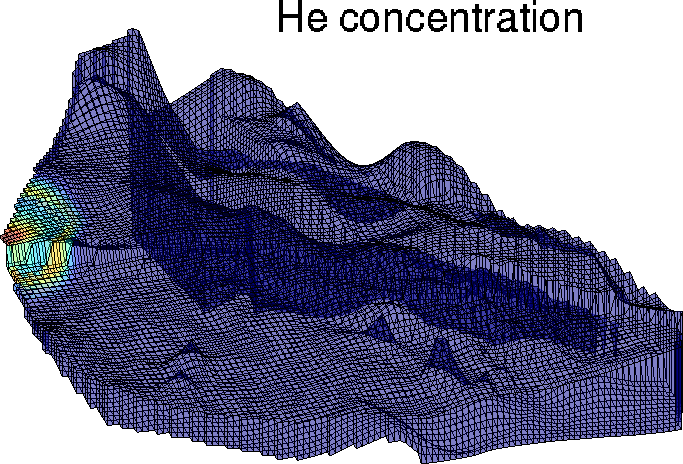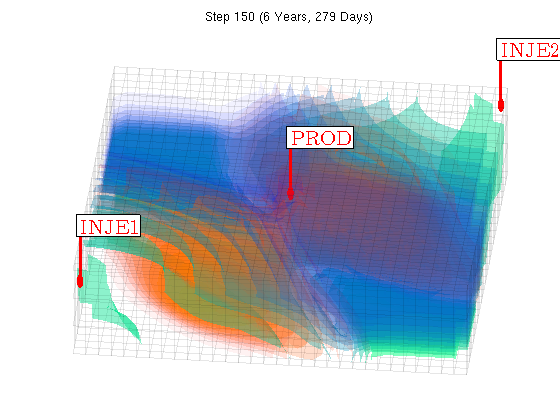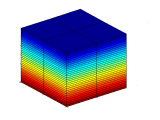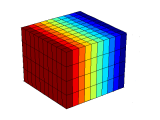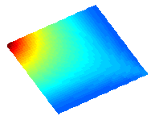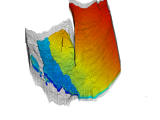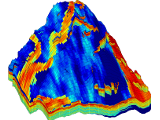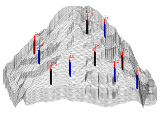You are here:
MRST
/
Documentation
/
Tutorials
|
Tutorials
The articles listed below show excerpts from the accompanying tutorial and give an overview of some of the core functionality in the toolbox. For tutorials about more advanced functionality, see the modules page.
|
||||||||||||||||

